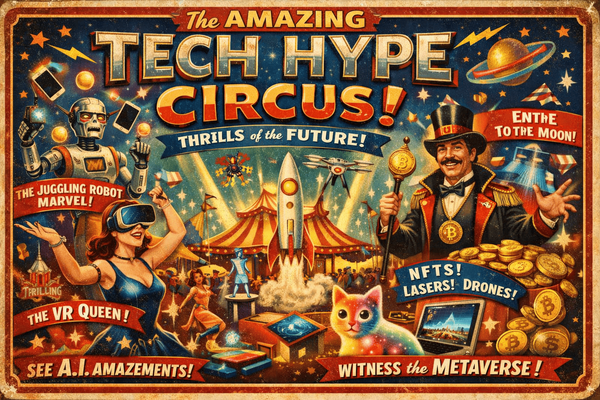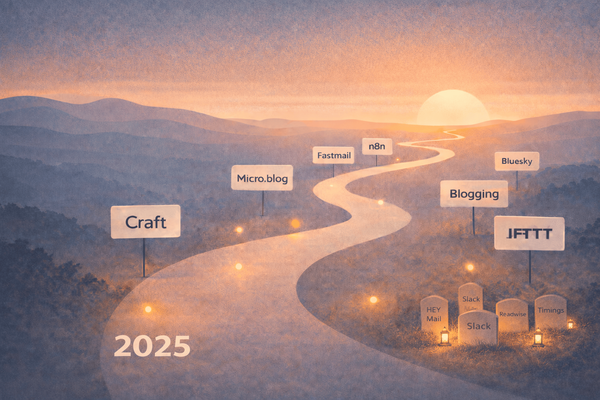30 Years Ago: HyperCard Was Born.
Sweet memories. 30 years ago: HyperCard was born. HyperCard was revolutionary, it was a novel tool for the mind. I remember that time. I was at university doing my degree in computer science. When I told one of my teacher about what Apple was launching, he was in awe. This all happened before the we
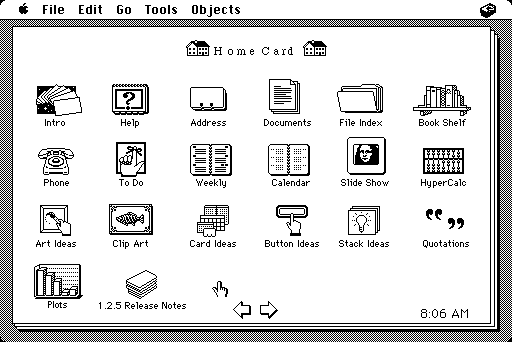
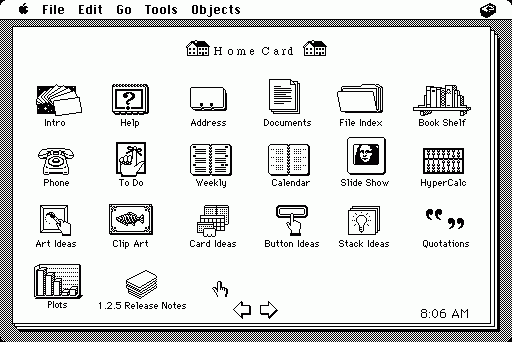
Sweet memories. 30 years ago: HyperCard was born. HyperCard was revolutionary, it was a novel tool for the mind. I remember that time. I was at university doing my degree in computer science. When I told one of my teacher about what Apple was launching, he was in awe.
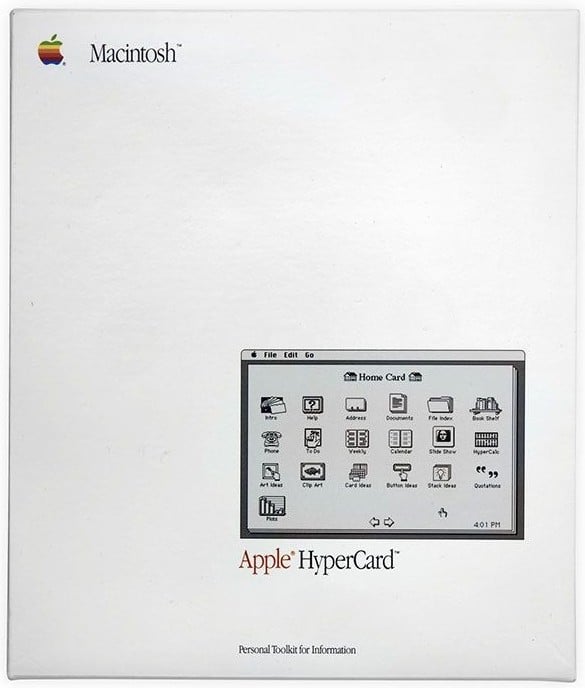
This all happened before the web, before Netscape. It came with a brand new and easy to learn programming language named HyperTalk. It made HyperCard some sort of a visual object programming environment. Computer programming suddenly became much more accessible. You could write small snippets of code within objects like buttons in order to make them react to events like mouse clicks. The father of HyperCard is Bill Atkinson, a very important guy in the history of Apple. According to Atkinson, HyperCard definition was:
Simply put, HyperCard is a software erector set that lets non-programmers put together interactive information.
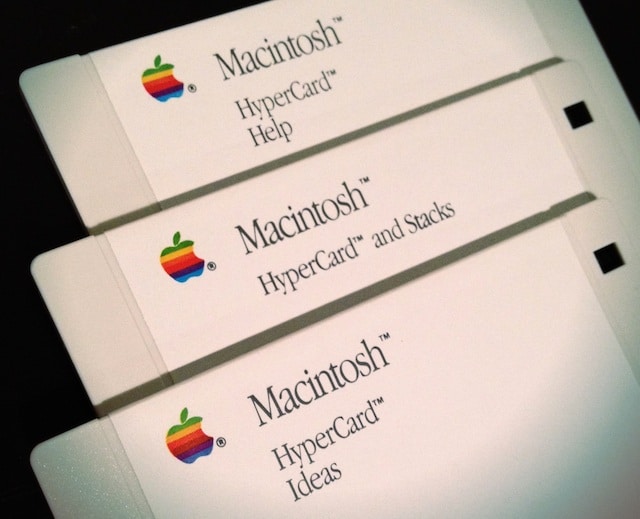
HyperCard “programs” were in fact stacks of cards where you could create links between them in different ways. One stack could open another one forming some sort of interactive web. Objects could be icons, text fields, pictures that you could position on a blank canvas. For obvious reasons, HyperCard was very popular in education. But today, you can no longer use this software. According to Wikipedia:
The last functional native HyperCard authoring environment is Classic mode in Mac OS X 10.4 (Tiger) on PowerPC-based machines.
Don’t even think of using it on modern machine. HyperCard is part of the short history of computer science. If you want to see HyperCard in action, why not take a look at this Computer Chronicle Episode from 1990.


